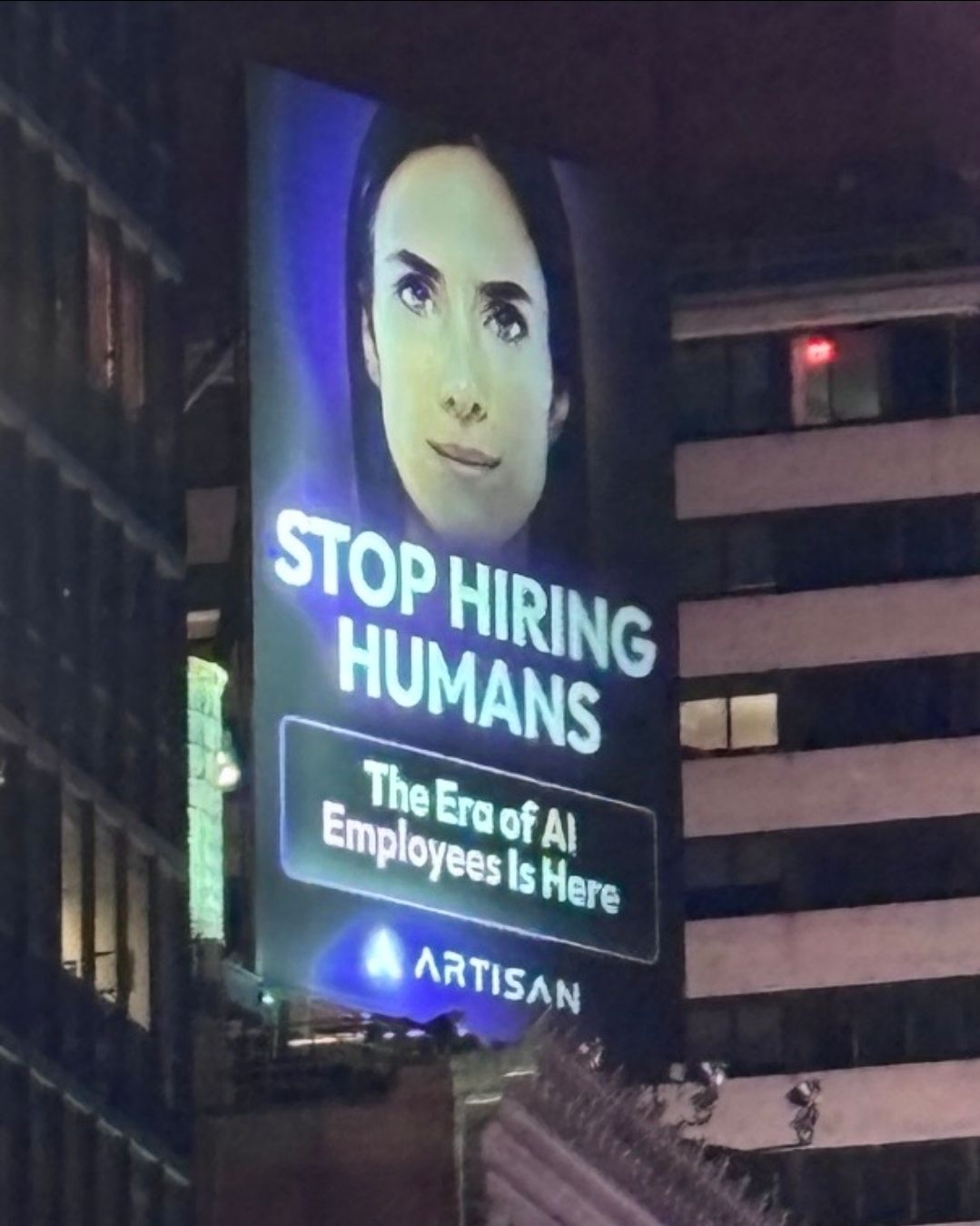The New York Times set off a bomb this week with a sensational article entitled, “Amazon Plans to Replace More Than Half a Million Jobs with Robots”. As the second largest employer in America behind Walmart, Amazon planning to eliminate 75% of their workforce with robots fuels the growing fear of large-scale human labor displacement through Artificial Intelligence and automation.
The good news is that Amazon didn’t say that.
Well…not exactly, anyway.
The real story is that the NY Times got their hands on an internal memo from the Amazon automation department that was more of a wish list than company policy. However, it did say that the company could potentially hire 600,000 fewer people by the year 2033 due to efficiency gains through Artificial Intelligence, robotics, and automation. Anyone who has seen the floor of an Amazon fulfilment center knows this is not far-fetched. Ultimately, the Amazon robotics department sees a pathway to replacing 75% of human workers.
“Nobody else has the same incentive as Amazon to find the way to automate,” said Daron Acemoglu, a professor at the Massachusetts Institute of Technology who studies automation and won the Nobel Prize in economic science last year. “Once they work out how to do this profitably, it will spread to others, too.”
If the plans pan out, “one of the biggest employers in the United States will become a net job destroyer, not a net job creator,” Mr. Acemoglu said.
Amazon is worth watching, because they have been maximizing the single most important automation metric for decades. Others will follow, and fast.
What is Revenue Per Employee?
Revenue Per Employee (RPE) is the most valuable metric to follow to determine how quickly AI and automation are displacing human labor. It is best measured over a period of time, as one-off anomalies can skew the data. I prefer to measure RPE gains quarterly and annually since 2022.
Very simply, if a company does $2,000,000 in revenue in a year with 20 employees, their Revenue Per Employee is $100,000. Every company would like to see that number go up so they strive for greater efficiency.
That happens in one of two ways, or a combination of both: either the employees get better at what they do, leading to an increase in revenue, or the company finds a way to make the same or more money with fewer employees. If they can manage to increase revenue to $3,000,000 with the same headcount, their RPE rises to $150,000. Likewise, if they can produce the same $3,000,000 in revenue with only 15 employees, their RPE shoots up to $200,000.
AI and automation promise gains on both sides of the equation. Not only will your company make more money, but you’ll do it with fewer mouths to feed.
Going back to our Amazon example, the company’s RPE has accelerated every quarter since 2022. In the second quarter of 2025, their Revenue Per Employee was $439,369, up from $396,285 a year earlier. When you consider that Amazon employs over 1.5 million workers, that’s a staggering number.
AI increases RPE until it doesn’t.
The question on everyone’s mind is, “How long before enough people lose their jobs that revenue stops increasing because no one has any money?” It seems Revenue Per Employee has an upper limit when you no longer have any employees.
Up to now, the US economy has been supported by the wealthiest Americans. In our most recent quarter, 49.2% of all consumer spending was done by the top 10% of American earners. That’s the most lopsided figure since 1989. How much longer that continues is anyone’s guess.
There is no question that advances in AI and robotics are leading to an efficiency revolution. As with most technological leaps in the past, the early gains come from cutting expenses and not necessarily increasing overall revenues.
While we’re starting to hear more and more about layoffs, up until now the early warnings have taken the shape of reduced hiring. This is affecting young people the most. The current unemployment rate is 4.3%, which suggests a healthy economy. However, the unemployment rate among recent college graduates is 35% higher at 5.8%. Economists believe that artificial intelligence solutions are taking over entry level work, particularly in white collar professions.
Tightening in the labor market has made an entire generation more worried about what the future will hold. Reported probability of losing a job over the next five years among 18- to 34-year-olds in May jumped to highs last seen in 2013, according to University of Michigan data.
Keep an eye on RPE.
Few people outside of Wall Street are paying attention to Revenue Per Employee right now, but it is one of the best early warning signals that automation is taking over.
Companies are doing more with less, and their bottom lines reflect that.
Revenue Per Employee is your canary in the AI coalmine.

